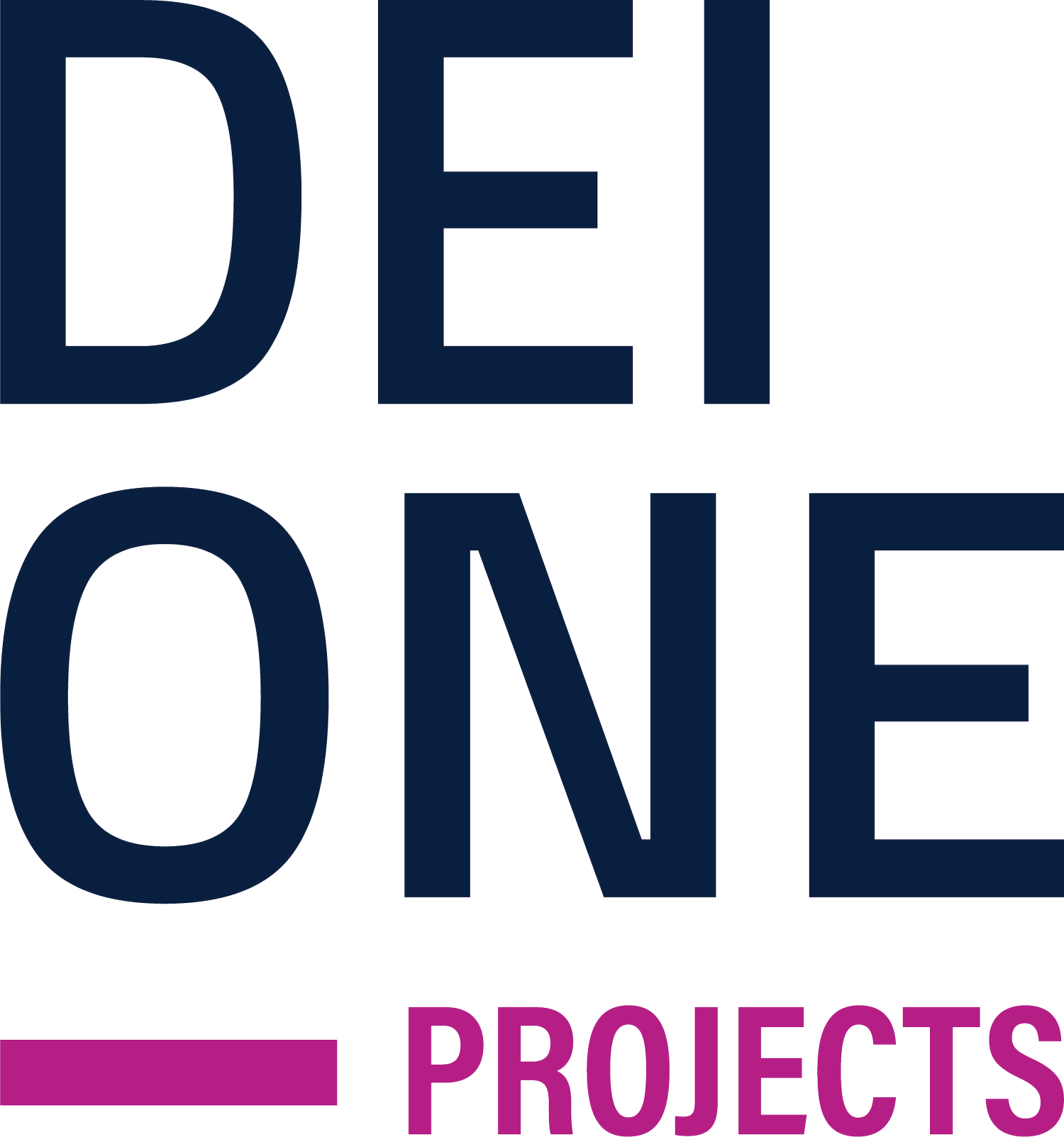Ergonomic Excellence: Prioritizing User Comfort in Fit-Out Projects
In the world of fit-out construction, creating spaces that prioritize user comfort isn't just a luxury—it's a necessity. Ergonomic excellence goes beyond aesthetics, focusing on design principles that enhance well-being, productivity, and overall satisfaction. Let's delve into how prioritizing ergonomic design can elevate fit-out projects to new heights:
Understanding Ergonomics: Ergonomics is the science of designing spaces and objects to optimize human well-being and performance. In fit-out projects, this involves considering factors such as posture, movement, and interaction with the environment to create spaces that are comfortable, efficient, and supportive of human health and productivity.
Customized Solutions: One size does not fit all when it comes to ergonomic design. Recognizing that individuals have different needs and preferences, designers tailor solutions to accommodate diverse user requirements. This may involve adjustable furniture, customizable workstations, and personalized ergonomic assessments to ensure that each user's unique needs are met.
Promoting Movement: Sedentary lifestyles can have detrimental effects on health and productivity. Ergonomic fit-out projects prioritize movement by incorporating features such as sit-stand desks, active seating options, and designated movement zones. By encouraging users to alternate between sitting and standing and incorporating opportunities for physical activity throughout the day, these spaces promote better health and well-being.
Optimizing Comfort: Comfort is at the core of ergonomic design. From ergonomic seating with lumbar support to task lighting that reduces eye strain, every aspect of the environment is carefully considered to enhance user comfort. By minimizing discomfort and fatigue, ergonomic fit-out projects create environments where users can focus, collaborate, and thrive.
Reducing Injury Risk: Poor ergonomic design can lead to musculoskeletal disorders and workplace injuries. By implementing ergonomic principles, fit-out projects mitigate the risk of injuries such as repetitive strain injuries and back pain. This not only improves employee health and safety but also reduces absenteeism and boosts productivity.
Future-Forward Design: Ergonomic fit-out projects aren't just about addressing current needs—they're also about preparing for the future. By anticipating changes in technology, work practices, and user demographics, designers create spaces that are adaptable and future-proof. This ensures that the investment in ergonomic design continues to deliver long-term benefits for years to come.
In conclusion, ergonomic excellence is a cornerstone of successful fit-out projects. By prioritizing user comfort, promoting movement, optimizing comfort, reducing injury risk, and embracing future-forward design principles, designers can create spaces that not only look great but also support the health, well-being, and productivity of their occupants. Whether it's an office, retail space, or hospitality venue, ergonomic fit-out projects set the stage for success in today's dynamic and demanding world.

